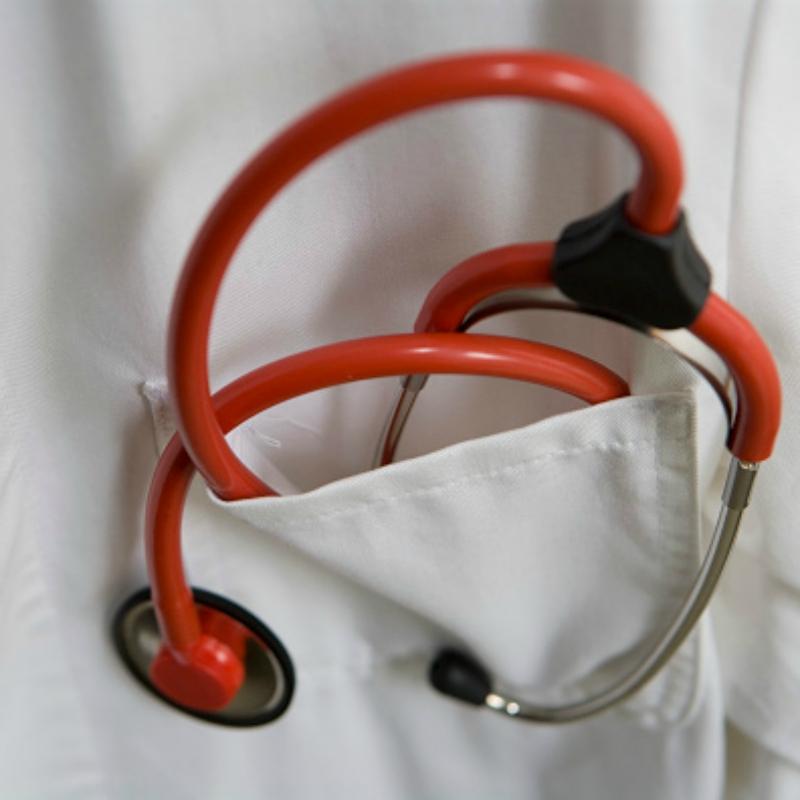
Three years ago, Dr. Tom Ortiz prepared his family care practice in Newark, N.J., for the storm of new Medicaid patients he expected after New Jersey expanded the federal health program under the Affordable Care Act.
The storm never came.
“I don't know where they went.” said Ortiz. “This is the thing that frustrates me. Why haven’t we seen a significant increase in our annual enrollment year to year than we had in the past?”
Three enrollment periods for the federal Affordable Care Act, or Obamacare, have come and gone. Over 200,000 Essex County residents enrolled in Medicaid in that time. Ortiz thought his practice, one of the largest primary care centers in the Newark area, naturally would see some of that growth.
Granted, he saw about a 20 percent increase but it appears that many of these new Medicaid patients maintained old habits, showing up in hospital emergency rooms for basic care.
Dr. John Fontanetta, chairman of Clara Maas Medical Center emergency department, said the ER is not a good substitute for primary care.
“Nothing is better than a doctor who knows you, who knows what your history is, who knows how you approach disease and how seriously to take the various complaints you might have,” he said.
To change this pattern, newly covered patients need to learn how to find a doctor and manage the protocols for making appointments and following up. And in Newark there's the extra challenge of too few primary care physicians, meaning it can take weeks to see a doctor.
Currently, health insurers let people choose a primary care provider. If they don’t, someone in their geographic area is assigned to them. Fontanetta said this process could be better, with a little extra help from the insurance companies.
“It just means they have to focus on making sure these people get into the primary care doctors, making sure they get comfortable with that primary care doctor," he said. "That they not only know their primary care provider but they also know how to access them.”
